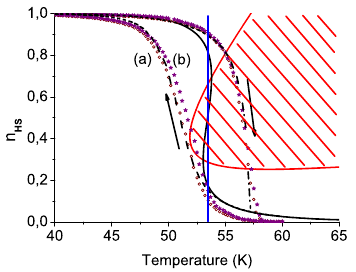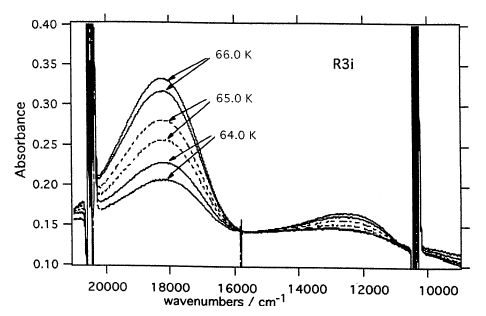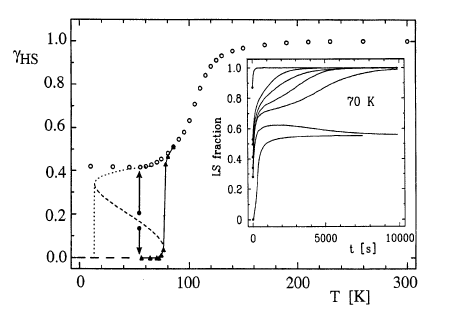-
Light-induced phase separation in the [Fe(ptz)6](BF4)2 spin-crossover single crystal
F. Varret, K. Boukheddaden, C. Chong, A. Goujon, B. Gillon, J. Jeftic and A. Hauser
Europhysics Letters, 77 (3) (2007), p30007


DOI:10.1209/0295-5075/77/30007 | unige:3601 | Abstract | Article HTML | Article PDF

We present novel insight on like-spin domains (LSD) in cooperative spin transition solids by following the photo-transformation and the subsequent relaxation of a [Fe(ptz)6](BF4)2 single crystal in the vicinity of the light-induced instability. Self-organization under light is observed, accompanied by Barkhausen-like noise and jumps which reveal the presence of elastic interactions between LSDs. The light-induced phase separation process is discussed in terms of a dynamic potential providing spinodal instability in the corresponding temperature range. This useful concept is applicable to all types of switchable molecular solids.

